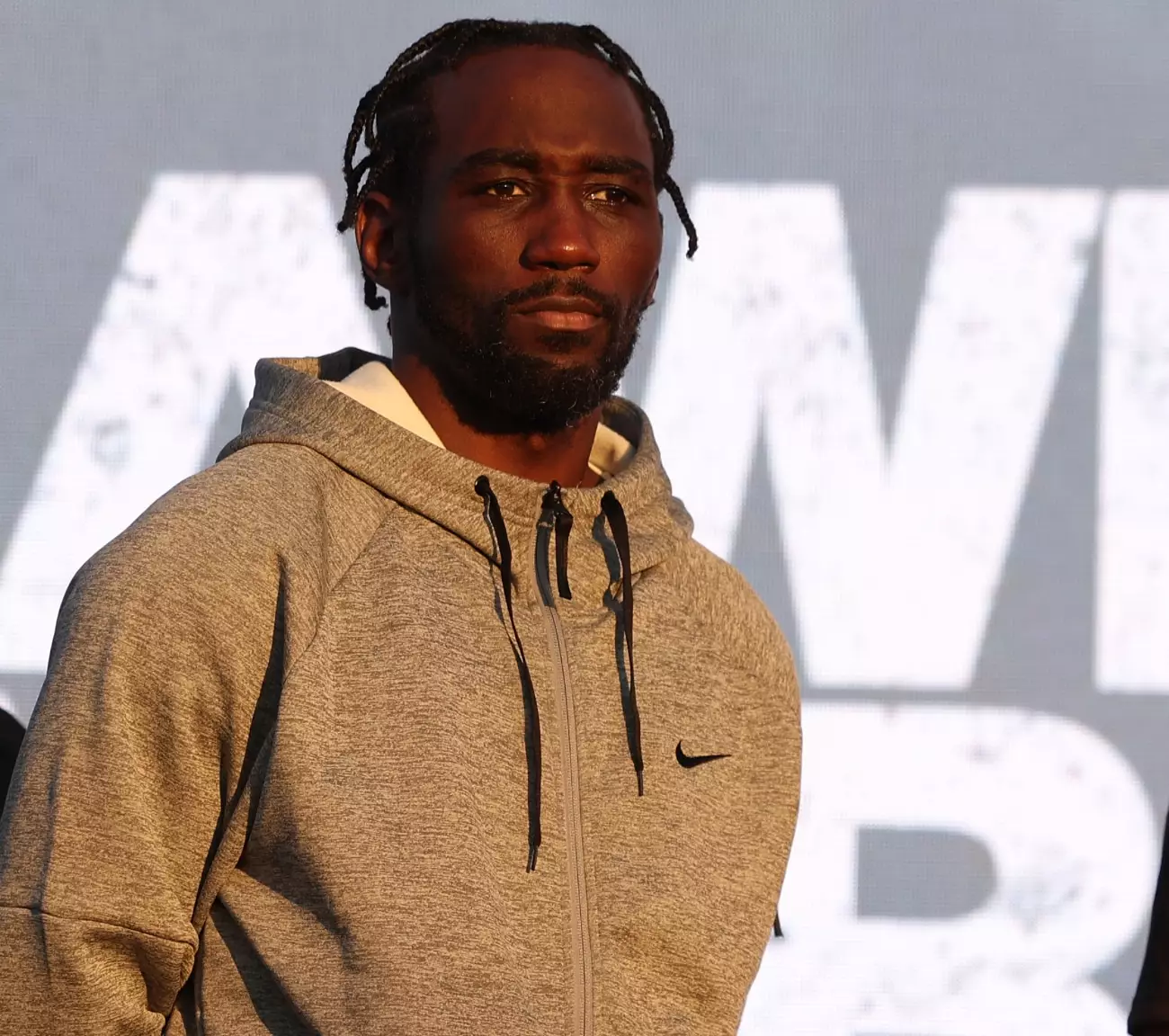The potential showdown between Terence Crawford and Canelo Alvarez has captivated boxing fans, promising a dramatic encounter that might redefine the careers of both fighters. However, behind the glittering façade of this mega-fight lies a contentious issue: the prospect of a rehydration clause. For fans and observers, this dispute illuminates not just the intricacies of boxing contracts, but also the underlying power imbalances that shape matchups between established stars and their challengers.
The Rehydration Question
Brian ‘BoMac’ McIntyre, Crawford’s trainer, has openly dismissed the notion of instituting a rehydration clause. In a sport where weight discrepancies can fitfully alter competition dynamics, the idea of restricting a fighter’s ability to regain weight post-weigh-in raises more questions than it answers. A rehydration clause could level the playing field for Crawford, who is known for his skill but may not possess the same physical traits as Canelo, a fighter whose history of weight management contributes significantly to his in-ring prowess.
Despite McIntyre’s firm stance, their options appear limited. Canelo Alvarez, a globally recognized figure with an established legacy, holds the leverage in this matchup. The notion that Crawford could assert control over the contract details to include a rehydration clause seems not only improbable but potentially detrimental. Failure to secure such adjustments could result in Crawford’s sidelining from a lucrative opportunity—an unfortunate reality that underscores the often harsh nature of boxing negotiations.
The Stakes Involved
For Crawford, the stakes couldn’t be higher. Moving up two divisions to face Canelo is not merely a risk; it’s an opportunity that could define his legacy. However, the fight is perceived by many as a “retirement payday” for Crawford. One cannot ignore the financial allure of competing against the ‘Face of Boxing’. But this temptation comes with peril. A loss against Canelo could diminish Crawford’s marketability amid boxing’s complex hierarchy, particularly given the competency required at super middleweight.
McIntyre’s suggestion that a rehydration clause is merely “some weak sh*t” brings to light the authenticity of competition in boxing. Such a statement suggests a dedication to the purity of the sport, rejecting strategies that could undermine a fighter’s integrity. This notion embraces the ethos of boxing, which prizes raw talent and grit over advantageous technicalities.
This potential fight between Crawford and Alvarez is a fascinating study of contrasts—skill versus stature, ambition versus experience, and a rising star against an established champion. While the idea of a rehydration clause serves to highlight the stark realities of weight classes and fighter negotiations, it also underscores the intrigue surrounding this match. Ultimately, as fans await the announcement of this potential showdown, it remains to be seen whether Crawford’s bravery in pursuing this fight will translate into success or serve merely as a stepping stone in Canelo’s already storied career. The complexities surrounding fighter contracts and weight management are but layers in this larger narrative, one that continues to unfold in the ever-dynamic world of boxing.

